Endometriosis Genetic Risk
What is Endometriosis?
Endometriosis is characterised the growth of endometrial tissue, tissue that is normally confined to lining the uterus, in places outside the uterus. These endometriotic growths occur most commonly in the pelvic cavity and are associated with many types of pelvic pain and may impact fertility.
Unfortunately, there are currently no effective non-invasive diagnosis methods available, nor can it be effectively treated. Surgical removal remains the gold standard even though there is a high chance lesions will regrow. Estrogen suppression can also be used; however, this is not optimal for reproductive age women wishing to retain fertility.
More research is needed to understand and effectively treat the disease.
Endometriosis facts
- Endometriosis is a chronic illness that effects 10% of women between the ages of 15 and 50.
- The average delay in diagnosis for endometriosis is between 7 -10 years.
- Endometriosis costs the Australian health care system more than $10 billion annually.
- Up to 50% of women who have endometriosis lesions surgically removed will regrow a additional lesion within 5 years.
Current Research Projects
1. Endometriosis Susceptibility Genes in Endometrial Stem/Progenitor Cells
Short Title: Causes of Endometriosis
Hudson Institute of Medical Research and Institute for Molecular Bioscience, UQ. We are currently undertaking research to better understand what leads to endometriosis. Previous work shows a strong heritability component, meaning your genes play a role.
Although the effect of each individual genes is small when many risk genes are combined the chances increase. It is also believed the presence of certain cell types, known as endometrial stem and progenitor cells, contribute to lesion growth through the enhanced growth capacity.
In this study we will study the effects of the known risk genes on the function and activity of these specific cell types.
Further information
- Professor Caroline Cargett, Hudson Institute of Medical Research, caroline.gargett@hudson.org.au
- Professor Grant Montgomery, Institute for Molecular Bioscience, g.montgomery1@uq.edu.au
2. Understanding the Pathogenesis of Endometriosis and the Influence on Treatment Response
Short Title: Endometriosis: Pathogenesis and Treatment
Royal Brisbane and Women’s Hospital and Institute for Molecular Bioscience, UQ. We are currently undertaking research to better understand the various types of endometriosis and how they could be related to outcomes and treatment.
Previous work shows that endometriotic lesions contain mutations that exist only within the lesions. These mutations thus may provide difference characteristics to the lesions that influence growth, symptoms and responses to various treatments.
In this study we will identify and categories the mutations that occur in these lesions and assess how they may relate to clinical details that are recorded prior to and during surgery.
Further information
- Dr Akwasi Amoako, Royal Brisbane and Women’s Hospital, Akwasi.Amoako@health.qld.gov.au
- Professor Grant Montgomery, Institute for Molecular Bioscience, g.montgomery1@uq.edu.au
